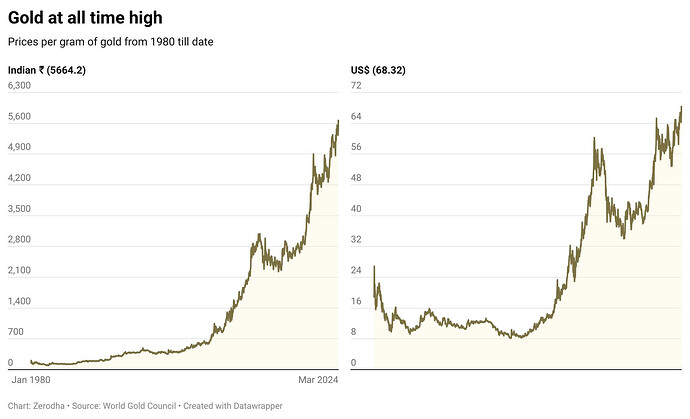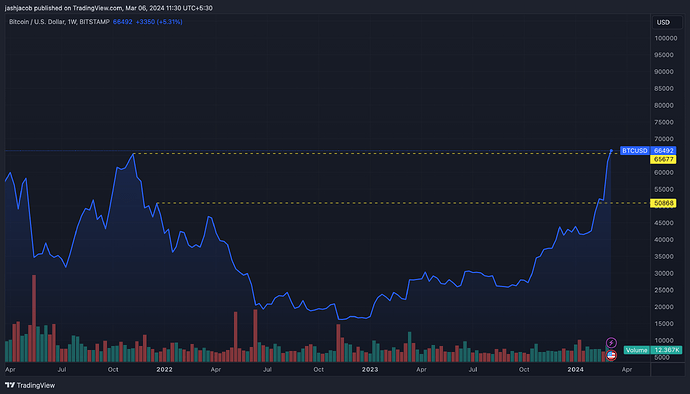What do you think is happening? Markets are so crazy many times that there is no concrete answer to the WHY part most of the time. But, we can all have our own theories…What’s your theory?
- Booming economy?
- General Euphoria?
- Rising inequality / concentration of wealth?
- Increasing foolish money?
Maybe we need to stop trying to find patterns where there are none? ![]()
From an Indian market perspective: No other meaningful avenue to invest (very high real estate prices, negative real returns post tax for debt instruments post last year’s budget / FDs hardly ever gave real returns previously as well, foreign equity taxed at an oppressive rate of 30-40% for people in highest tax bracket which starts at a comparatively low income threshold in India, RBI not increasing the cumulative $7 billion investment limit for overseas securities since last 16 years, TCS on outward remittance for investment). So it’s either you hoard cash or spend on things you don’t need or invest in one of the lesser evil options.
Ummm? Not sure i agree.
T-Bills/GSECs yielded >10% in the secondary market (BSE/NSE) for the last couple of years.
What is the rate of inflation you are considering, that the real returns are negative?
Ummm? Again i disagree.
LTCG is 20% with indexation benefit for direct foreign investments.
Which approach of exposure to foreign equity did you have in mind,
that is resulting in 30-40% taxation?
Thankfully.
Am assuming that this added friction on foreign investments
is helping strengthen the rupee (vs. USD).
LTCG of US direct investment is at 5-10% no? STCG is at 20% if I remember it correctly .
Indian MFs / ETFs investing in foreign shares which are considered as debt funds / instruments and now taxed at marginal rate.
I am not sure if we should be looking at secondary market return for g-sec since the returns vary widely YoY (and have been negative / close to 0 in few past years) but over the duration of the underlying security, the returns will be similar to that of the yield of the underlying security. Primary g-sec issuance hasn’t been done at more than 7.5% yield for the last few years. Even at 35% tax rate (including cess and surcharge), the post tax return is 4.88%. CPI has been way above that.
Not debating if a stronger rupee is better or a weaker rupee is better (generally depends on which sector one is working in) but these artificial frictions / disincentives ultimately distort the market. Govt is trying very hard to woo foreign investments (by giving tax incentives which are not available to residents) and also trying very hard to keep Indians from sending money / investing abroad / spending money abroad and has also removed any option for earning decent real return from debt investment for people in higher tax brackets.
It is working currently because everyone wants to invest in India’s growth story but if we have learned anything from past (and if we have looked at our neighbours closely), adverse events do happen and these flows will ultimately reverse. At that point, people who have invested in overheated markets suffer the most.


